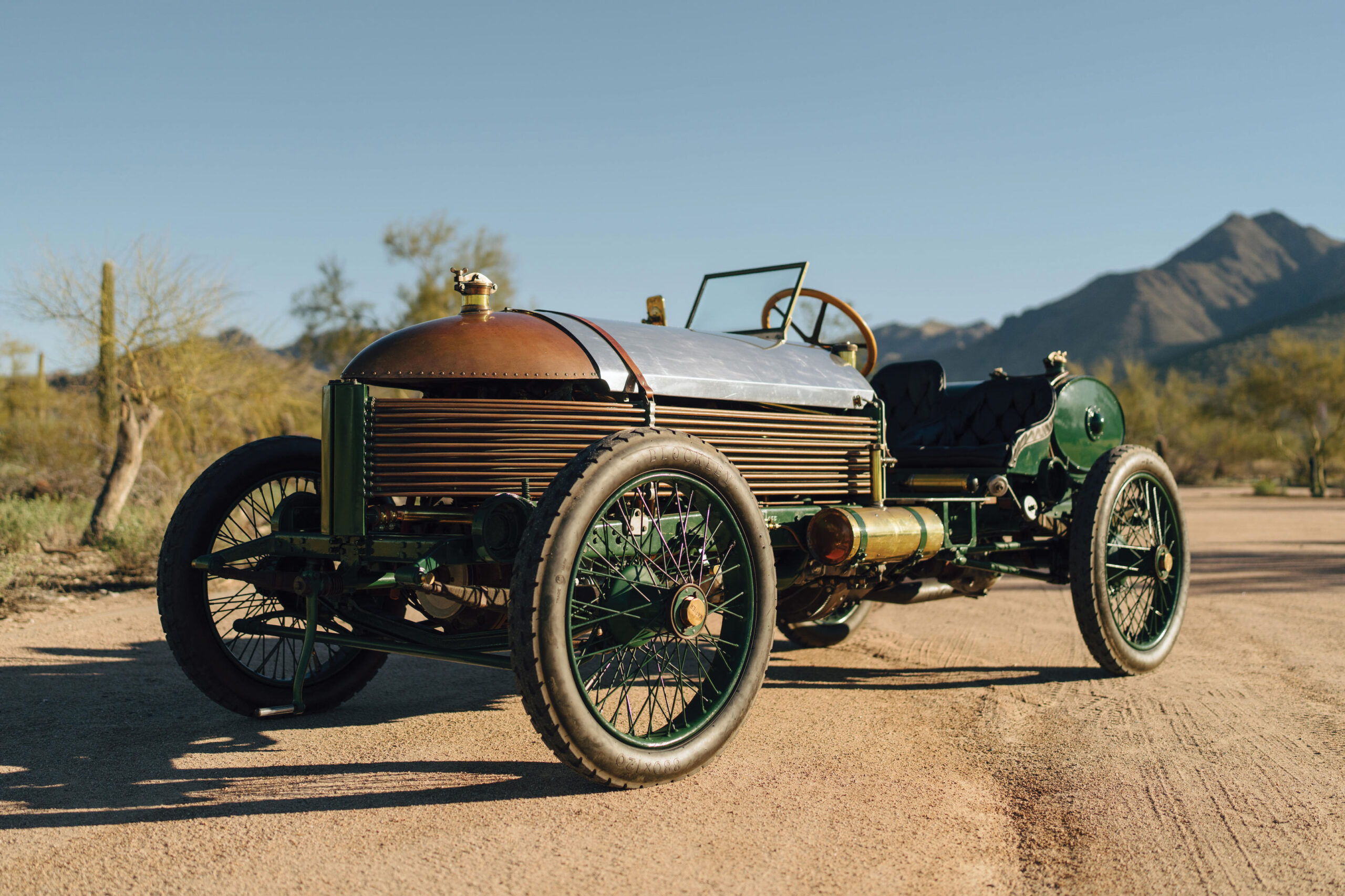This “Edwardian Giant” is offered from the collection of its fifth owner in 120 years, Australian businessman Peter Briggs. The discovery of this engine in the 1950s, fit to a complete body in the 1980s, heralded the definitive rebirth into the motoring world of the L48 and its singular legacy. Any new owner must keep ...

Courtesy of Bonhams Cars
Chassis Number: 1320A